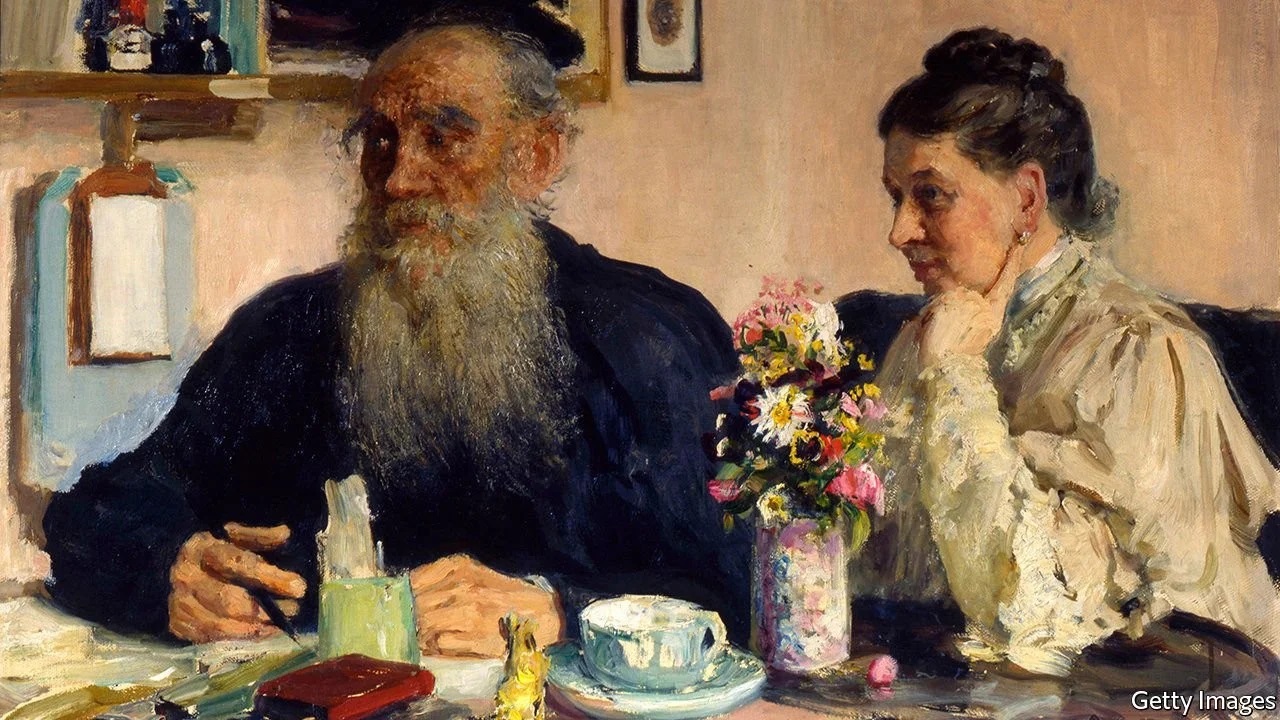Leo Tolstoy Archive
Written: 1888
Source: Translated by Nathan Haskell Dole
Transcription/Markup: Andy Carloff
Online Source: RevoltLib.com; 2021

In the Caucasus woodcock are called fazamii, or pheasants. They are so abundant that they are cheaper than domestic fowl. Pheasants are hunted with the kobuilka} with the podsada, or by means of the dog.
This is the method of hunting with the kobuilka[1] You take canvas and stretch it over a frame ; in the middle of the frame you put a joist, and make a hole in the canvas. This canvas-covered frame is called a kobuilka. With this kobuilka and a gun you go out into the forest just after sunrise. You carry the kobuilka in front of you, and through the hole you keep a lookout for pheasants. The pheasants in the early morning go out in search of food. Sometimes you come across a whole family ; sometimes the hen with the chicks ; sometimes the cock with his hen ; sometimes several cocks together.
The pheasants see no man, and they are not afraid of the canvas, and they let any one approach very near. Then the hunter sets down his kobuilka, puts the muzzle of his musket out through the hole, and shoots at his leisure.
The following is the method of hunting with the podsada: You let loose in the woods a little common house-dog, and follow after him. When the dog starts up a pheasant, he chases it. The pheasant flies into a tree, and then the whelp begins to yelp. The hunts- man goes in the direction of the barking, and shoots the pheasant in the tree.
This mode of hunting would be easy if the pheasant would fly into an isolated tree, or would sit on an exposed branch so as to be in full sight. But the pheasants always choose a tree in the densest part of the thicket, and when they see the huntsman they hide behind the branches.
It is not only hard to make your way through the thicket to the tree where the pheasant is perched, but it is hard, also, to get sight of him. When it is only a dog barking under the tree, the pheasant is not afraid ; he sits on the limb, and cocks 1 his head at him, and flaps his wings. But the instant he sees a man, he stretches himself out along the limb, so that only an experienced sportsman would be likely to perceive him, while an inexperienced man would stand underneath and see nothing.
When the Cossacks steal out against pheasants, they always hide their faces behind their caps, and don't look up, because the pheasant is afraid of a man with a musket, but is most of all afraid of his eyes.
Pheasants are hunted by means of the dog 2 in this manner: They take a setter and follow him into the woods. The setter catches the scent where early in the morning the pheasants have been out feeding, and he begins to follow the trail. No matter how many times the pheasants have crossed their tracks, a good setter will always pick out the last one, leading from the place where they had been feeding.
The farther the dog gets on the track, the stronger the scent becomes, and thus he reaches the very place where the pheasant has stopped for the day to rest or walk in the grass. When he comes near, his scent tells him that the pheasant is directly in front of him, and he now begins to go more cautiously, so as not to scare the bird, and then he stops to make the leap and seize it. When the dog is very near to the bird, then the pheasant flies up, and the sportsman shoots him.
1 Literally, little mare.